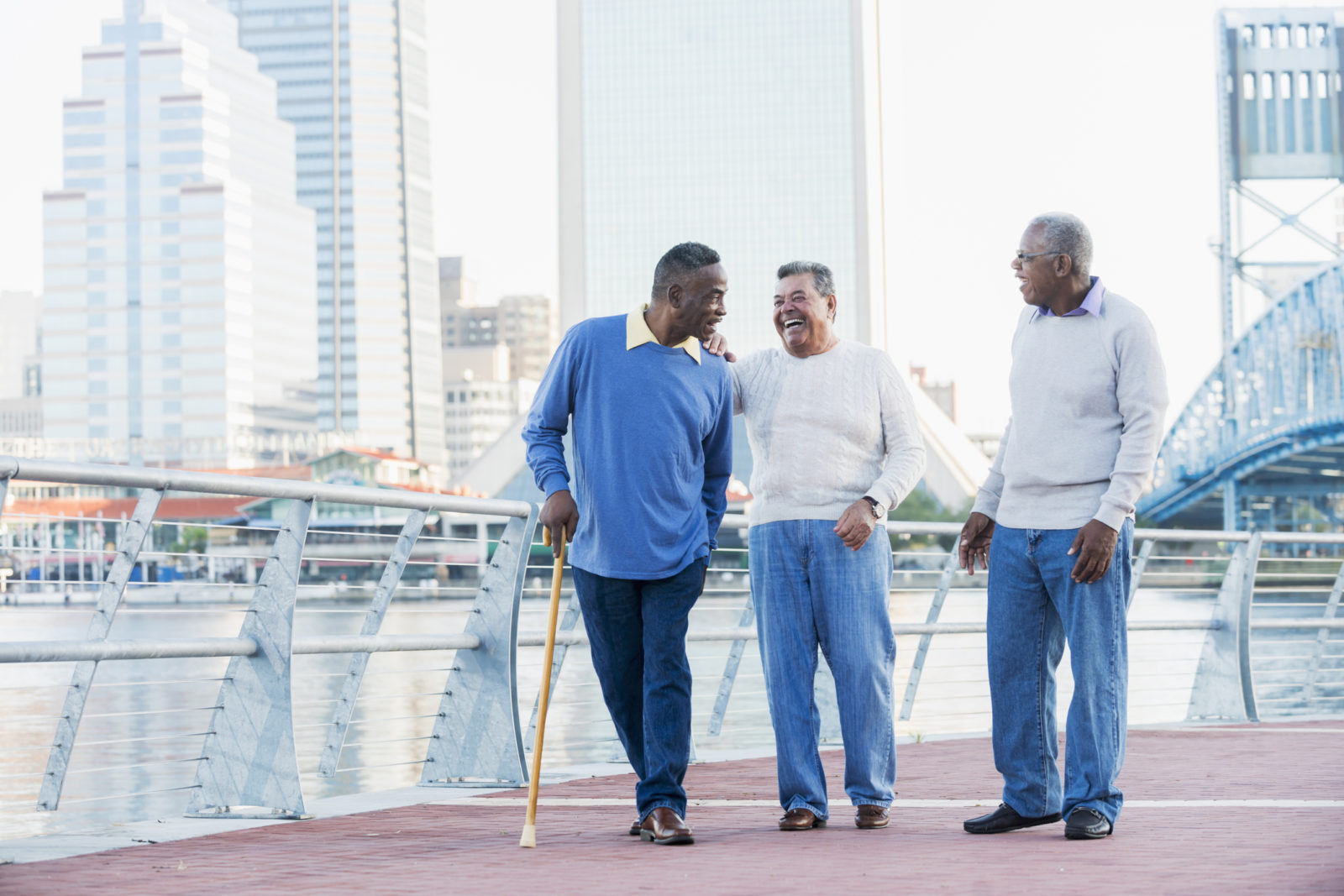Stand Tall Against Falls

September 22 is Falls Prevention Awareness Day. According to the U.S. Centers for Disease Control and Prevention (CDC), one in four Americans age 65 and older falls each year. Falls are the leading cause of fatal injury and the most common cause of nonfatal, trauma-related hospital admissions among older adults.
For many elders who have a fall, this is often the beginning of a deleterious cascade of ill health that will lead to trauma, hospitalization, decreased mobility, depression and, in some cases, even death.
The sad thing about these statistics is that, for many seniors, falls are largely preventable. It all starts with an honest and caring conversation with a senior to talk about the issue of balancing safety with autonomy. If you have a family member or close friend who has fallen or is at risk to fall, share your concern and take quick a falls history.
Some of the questions you should ask include:
- Have you had a fall in the past year?
- If so, where and how?
- If so, how many and were you hurt?
- Do you feel unsteady when standing or walking?
- Do you worry about falling?
- Do you feel dizzy/lightheaded when you change position?
- Do any of your medications make you feel dizzy/lightheaded on a consistent basis?
Risk factors for falls include chronic medical conditions such as arthritis, spinal disease, Parkinson’s disease, stroke, multiple sclerosis, neuropathy and diabetes. Seniors with cognitive impairment are also at greater risk for falls because of impulsivity and poor judgment. Visual impairment is also important to consider, along with side effects of medications and environmental factors. Not to be ignored is the actual fear of falling. This can stop a senior from participating in activities and exercise, which can, in turn, lead to weak legs and further increase the risk for falls. It also contributes to social isolation and depression.
Based on the falls history and risk factors identified, some initiatives to reduce falls include:
- A thorough review of medications with a healthcare provider to ensure that none of these are contributing to gait unsteadiness
- Having vision evaluated
- Exercise safely and regularly to improve your balance and strength
- If appropriate, get a referral from a healthcare provider to a physical therapy program
- Consider a home safety assessment by a qualified professional such as an occupational therapist or Aging Life Care™ manager to help identify ways to make your home safer
Written by Anne Sansevero
![HealthSense [logo]](https://www.health-sense.org/wp-content/uploads/sites/242/2017/02/logoNEW.png)